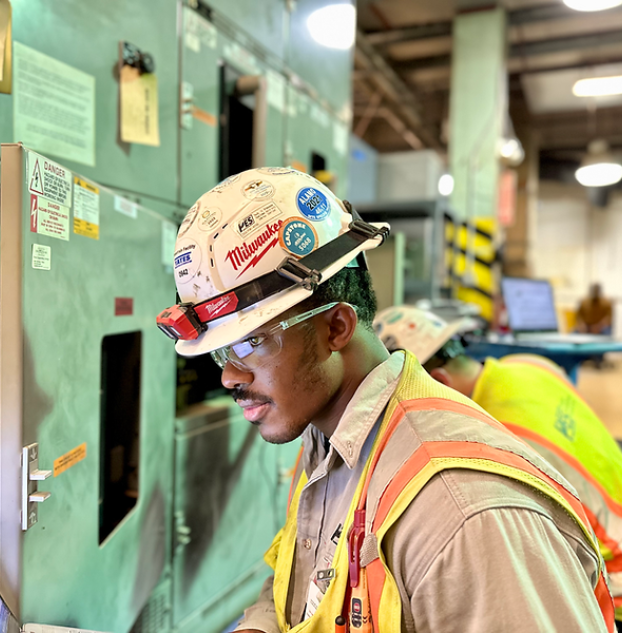Enhance Job Precision with Tailored Engineering Support: Topographical Surveying, Building Surveys, and More
Enhance Job Precision with Tailored Engineering Support: Topographical Surveying, Building Surveys, and More
Blog Article
Optimizing Source Appropriation Via Strategic Evaluating Practices
In the world of strategic source allotment, the technique of surveying stands as a crucial tool for companies aiming to maximize their efficiency and impact. By methodically accumulating insights and information, strategic surveying practices supply a roadmap for educated decision-making and source circulation.
Relevance of Strategic Evaluating Practices
Strategic checking methods play a vital role in identifying the efficient allocation of sources within companies. By carrying out strategic surveys, companies can gather useful information and understandings that help in making educated decisions concerning the allowance of sources such as manpower, time, and budget. These practices provide an organized strategy to recognizing the present state of the organization, determining locations for enhancement, and aligning resources with tactical objectives.
One crucial value of tactical surveying techniques is that they aid organizations prioritize their initiatives based upon real-time feedback from stakeholders. This makes certain that resources are routed towards tasks or activities that have the highest effect on accomplishing organizational objectives. Furthermore, tactical surveys make it possible for business to adjust to transforming market conditions, customer preferences, and inner abilities by continuously assessing and monitoring source allocation strategies.
Event Insights From Stakeholders
Incorporating feedback from stakeholders is crucial for organizations implementing tactical checking methods to efficiently allocate resources and drive decision-making procedures. Stakeholders, consisting of staff members, clients, vendors, and neighborhood members, hold useful insights that can significantly affect the success of critical campaigns. Topographical Surveying. Engaging with stakeholders via surveys, interviews, focus teams, and responses sessions enables companies to get a much deeper understanding of their issues, needs, and choices
By collecting insights from stakeholders, organizations can determine essential locations for renovation, prioritize source allotment based upon actual needs, and align tactical objectives with stakeholder assumptions. Moreover, including stakeholders in the decision-making process promotes a sense of ownership and commitment, resulting in raised buy-in and support for strategic campaigns.
Moreover, stakeholders frequently supply one-of-a-kind perspectives and innovative ideas that may not have actually been considered internally. By actively listening to and integrating stakeholder feedback, companies can improve their critical surveying practices, make more informed choices, and ultimately accomplish far better outcomes.
Utilizing Data-Driven Approaches
Using data-driven methods is extremely important for organizations seeking to enhance the performance of their source allotment methods and decision-making procedures. By leveraging data analytics and progressed modern technologies, organizations can remove beneficial understandings to enhance resource allowance, identify patterns, and make educated decisions. Data-driven methods allow companies to allocate sources based upon empirical proof instead than intuition, bring about much more reliable and reliable outcomes.

Additionally, organizations can employ anticipating analytics to anticipate future source demands and assign sources proactively. Topographical Surveying. By leveraging historical information and fad analysis, organizations can expect demand changes and change their source allowance approaches appropriately. Generally, embracing data-driven techniques empowers organizations to make well-informed decisions that take full advantage of resource appropriation performance and drive sustainable growth
Identifying Locations for Renovation
To boost functional performance and performance, companies must prioritize identifying key locations for improvement with rigorous analysis and evaluation. Identifying locations for enhancement is a vital action in the procedure of taking full advantage of resource appropriation. By acknowledging find more info where inefficiencies or traffic jams exist within the company, decision-makers can guide resources in the direction of attending to these certain locations. This targeted method makes sure that efforts are concentrated on tasks that will generate the best roi.
One efficient technique for recognizing areas for renovation is conducting normal performance evaluations throughout different departments or features. Through these assessments, organizations can gather beneficial understandings into locations that require focus or restructuring. Additionally, seeking comments from workers in any way degrees of the company can offer an one-of-a-kind point of view on potential locations for improvement.
Furthermore, using devices such as procedure mapping, SWOT evaluation, and benchmarking can assist in identifying areas for renovation by highlighting staminas, weaknesses, opportunities, and risks within the organization. By systematically analyzing these elements, organizations can create a detailed understanding of where resources must be designated to drive performance and effectiveness.
Practical Tips for Application

Conclusion
To conclude, strategic surveying methods play a vital duty in making best use of resource allotment by collecting insights from stakeholders, making use of data-driven techniques, and recognizing locations for improvement. Executing useful suggestions for efficient surveying can lead to even more informed decision-making and optimized resource allowance approaches. By prioritizing critical surveying techniques, companies can ensure published here that resources are allocated effectively and effectively to meet their goals and goals.
In the realm of tactical resource allocation, the practice of checking stands as blog an essential tool for companies aiming to optimize their effectiveness and impact.Strategic evaluating techniques play an important role in establishing the efficient appropriation of resources within organizations.Incorporating comments from stakeholders is crucial for organizations implementing calculated checking techniques to successfully allot sources and drive decision-making procedures.Moreover, organizations can utilize anticipating analytics to anticipate future source requirements and assign resources proactively. By focusing on calculated checking techniques, organizations can make certain that resources are alloted efficiently and successfully to meet their goals and goals.
Report this page